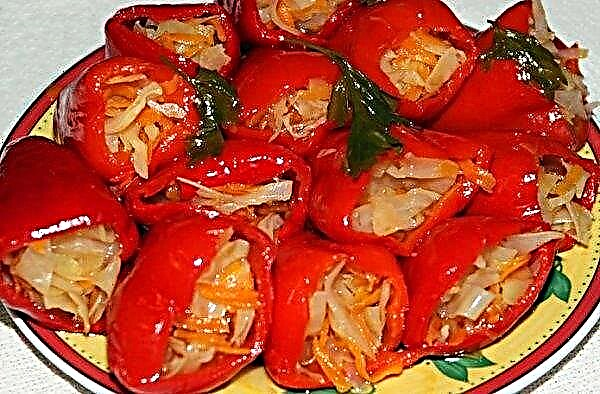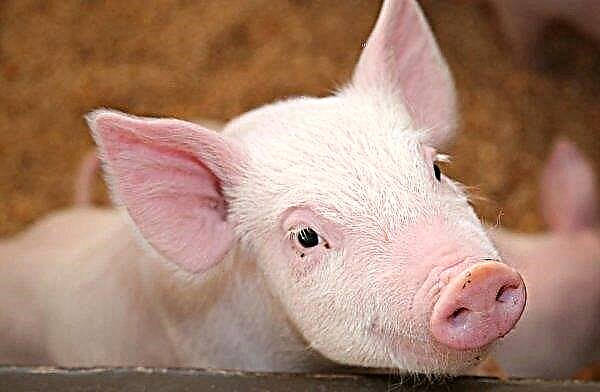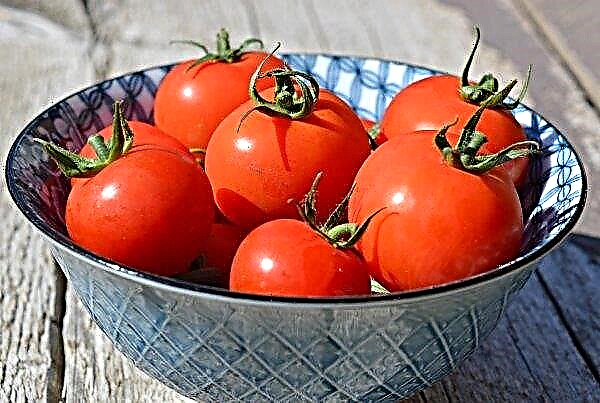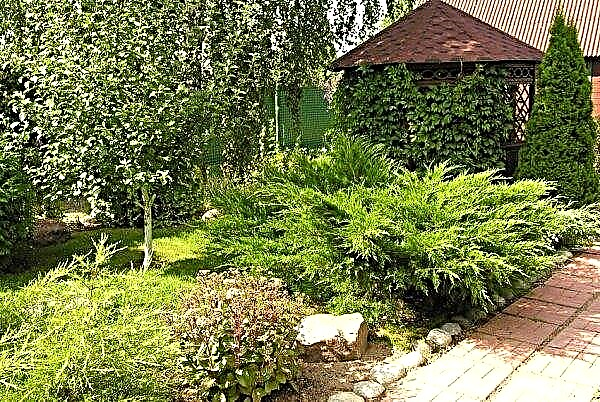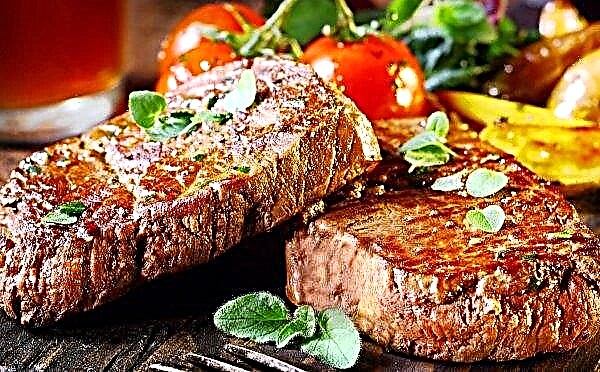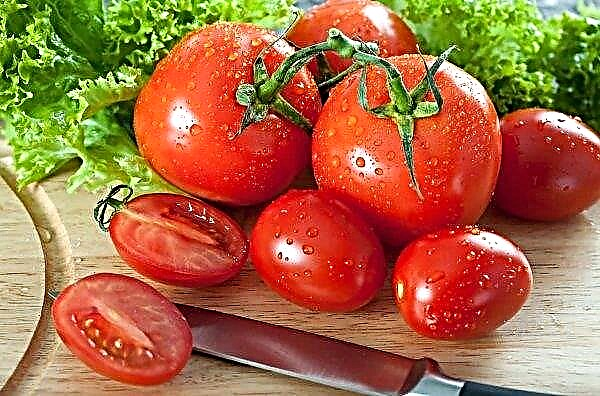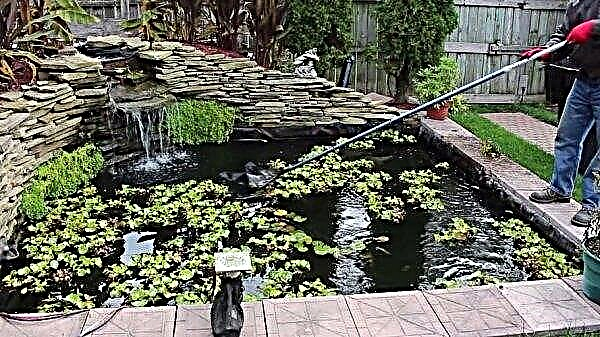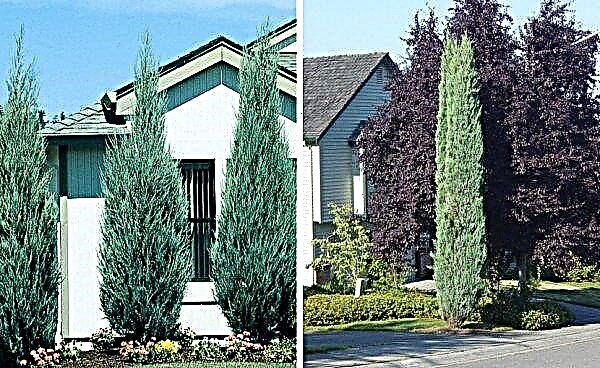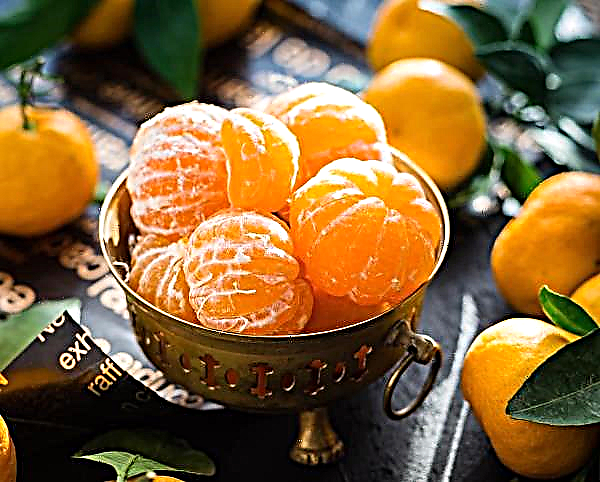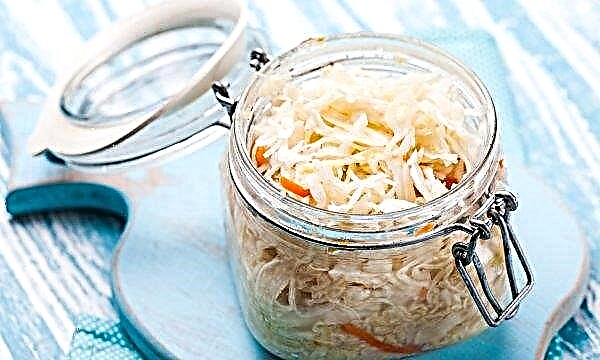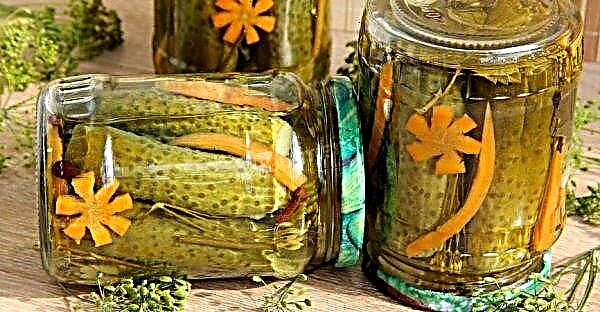Hyacinths can be ranked among the most popular flowering plants. They can wonderful decorate a summer cottage, as well as a windowsill or balcony. During the growing of the flower, quite often there is an acute need to propagate it, turning the garden into a real hyacinth flower garden. The article examined in detail how to properly propagate this plant, and also describes the main conditions for the procedure.
How to store bulbs properly before propagation
Some plant growers claim that hyacinth is difficult to propagate, so once in several seasons there is a need to purchase new planting material. However, practice shows the opposite - the flower is quite simple to cultivate. In addition, with proper observance of all the subtleties of growing, including the rules for storing planting material, the plant will be able to please for many years.
To do this, you will first need to properly prepare each onion, following the following steps:
- The selected planting material must be cleaned of soil residues, and then dried for about a week at room temperature (in a place protected from sunlight).
- Each onion should be carefully reviewed. Only whole specimens that are devoid of traces of damage by rot and insect pests are suitable for subsequent preservation.
- Next, the bulbs must be peeled of excess husk, and then sprayed with a solution of the Fitosporin preparation and dried at room temperature. Alternatively, a 2% potassium permanganate solution can be used. After that, planting material is ready for laying for long-term storage.

In most cases, hyacinth bulbs can be safely stored for at least 90–100 days, however, they require appropriate conditions for this. First of all, each bulb needs to be provided with airing and isolation - for this, each copy must be wrapped in 1-2 layers with a newspaper.
Such blanks are stored in a common package, in a place that is ventilated, but protected from drafts and sunlight, at a temperature of +16 ... + 20 ° С (closet, cellar, heated basement or attic). Instead of a paper bag, you can use plastic boxes for vegetables and fruits, as well as any container with numerous holes in the walls.
Important! During storage, planting material must be sorted out. Bulbs on which a whitish coating has appeared are peeled, dried, and then re-treated with Fitosporin.
How to propagate hyacinth
Breeding any kind of hyacinths necessarily provides for their periodic reproduction. This allows you to maintain the overall youth of the plantings, which is the main condition for continuous flowering. In this case, you can use both the vegetative (by fragments of the bush and their appendages), and the generative (sexual, by seeds) method.
Seeds
Hyacinth seeds ripen in the so-called boxed fruits. Seeds do not allow to keep all the properties of the mother plant identical, however, they make it possible to grow a new flower with unique properties and color. The collection of seed is started after the bolls are fully ripened, when they acquire a light yellow hue.
Important! Germination of seeds is considered the longest method of propagation, since after sowing the plant first blooms no earlier than 4-6 years. That is why this method is often used only for new varieties.
Sowing in open soil is carried out as follows:
- 2 weeks before breeding, you need to prepare the soil on the site: for this it is cleaned of weeds and garbage, and then fertilized with compost, rotted manure or peat (5-10 kg / m²).
- On the day of planting, the soil is well loosened, and then grooves with a depth of not more than 2 cm are cut along the perimeter of the plot. The number of planting rows and the distance between them are selected depending on the shape and size of the plot. At the same time, about 200 pcs should be sown per 1 m². sunflower seeds.
- Wells are generously sprinkled with seeds, and then lightly sprinkled with soil.
- At the end of the procedure, the crops are watered and then mulched with hay, straw, spruce branches, etc., with a layer of at least 20 cm.
- Around the middle of spring, young sprouts will appear, they are provided with a standard care regimen, including feeding with "Superphosphate" every 3-4 weeks. Young hyacinths become ready for transplantation to a new place only after a year.

When grown indoors, sowing is carried out in a substrate prepared from equal parts of peat, sand and sod land to a depth of 2 cm. In this case, the same seeding rate should be followed as when sowing in open soil.
Until spring, sown containers are stored in a cool place (unheated balcony, cellar, basement, etc.), and from mid-March they are moved to the windowsill, providing moderate moisture (the soil should always be slightly moist), diffused light and periodic top dressing with a solution " Superphosphate. " Under such conditions, seedlings are grown for about a year, only after that they can be transplanted into separate pots or open ground.
Under such conditions, seedlings are grown for about a year, only after that they can be transplanted into separate pots or open ground.
From the leaves
Hyacinth propagation by leaf cuttings in the apartment and in open soil is carried out according to a single principle. Proceed to this procedure during the budding of the flower and carried out as follows:
- From the plant it is necessary to cut 2 full leaves to the base.
- The required number of cuttings is formed from the obtained fragments (each leaf is divided into several parts), while their length should be at least 6 cm.
- Then they are soaked in a solution of "Heteroauxin" (1 tablet in 2 liters of water) for about 30 minutes.
- Then planted in small containers with clean river sand, at a slope of 45 °. The distance between each handle should be about 10 cm.
- Each planted container is placed in a sealed transparent bag and placed in a well-lit place with an average temperature of about + 15 ° C.
- With regular watering after about 2 months, the cuttings will form small roots, 1-2 pairs of leaves and bud primordia. After that, they can be gradually freed from shelter from polyethylene. Seedlings are grown in room conditions for about 2-3 years, and then they are divided and transplanted into a separate container or open soil.

Bulb base propagation
This method is especially useful for the mass propagation of hyacinths, as it allows you to simultaneously get up to 10 young seedlings, ready for active growth. For reproduction by this method, the largest and heaviest bulbs are selected, without signs of damage by fungi and pests.
For this:
- On the bulb with a sharp knife, a wedge-shaped incision should be made, after which a small division with the bottom and central kidney should remain. At the same time, all places of the cuts need to be generously treated with crushed charcoal.
- The split is placed in a garden container filled with perlite.
- The container with the onion is well watered and covered with transparent polyethylene. In the future, it is stored at a temperature of about + 30 ° C, providing regular watering.
 1- pruning of the bottom of the bulb; 2- removal of all scaly leaves of their bases; 3- processing of the cut with crushed coal
1- pruning of the bottom of the bulb; 2- removal of all scaly leaves of their bases; 3- processing of the cut with crushed coal
After about 3 months, each bulb will form several daughter. If the procedure was completed no later than July, young bulbs along with the mother are transplanted into open soil, in other cases they are transferred to the refrigerator until spring. Growing bulbs is carried out for 2-3 seasons, after which they can be separated from the mother and plant. At the same time, standard flower growing technology is respected.
Double scales
Germination of onion flakes is also considered a no less popular method of breeding hyacinths. This method of propagation is actively used for growing almost any bulb flower. Its essence lies in the fact that fragments of mature bulbs are used as material for the cuttings, which allows us to give several dozen full-fledged seedlings in a short period of time.
Carry out this procedure in this way:
- A healthy bulb with a diameter of about 5 cm should be selected, cut into 1/3 (in the apex area), and then divided into 8 uniform parts by a vertical cut. At the same time, a small fragment of the bottom should remain on each dividend.
- Each fragment for disinfection must be treated with a solution of "Fundazole" or crushed charcoal.
- A small garden tank must be filled with clean sand or perlite, and then well watered. After that, parts of the bulbs need to be decomposed on the surface of the substrate.
- Further, the container should be sealed with polyethylene and put in a well-lit warm place, as well as provided with daily watering.
- After about 3-4 months, the divisions will germinate, after which they can be transplanted into separate flowerpots. Such planting material is grown in room conditions for at least 2 seasons, after which the bulbs formed on each cuttings can be divided, planted and grown further.

Landing time
Traditionally, early spring is considered the most suitable period for the propagation of hyacinths. During this period, the most active cell metabolism is observed, which favorably affects the development and rooting of planting material.
Did you know? According to ancient Greek myths, hyacinths appeared from the spilled blood of the Spartan prince Hyacinth, accidentally killed by Apollo. In ancient Greece, the flower became a symbol of sadness, but also of a resurgent nature.
However, in the case of sowing seeds, the best time for the procedure is considered to be the period from mid to second half of September. Seeds definitely need stratification at low temperatures, otherwise, even with an ideal microclimate regime, they will not sprout.
What to do with hyacinth kids
Hyacinth babies are an ideal planting material for effective reproduction. The maternal bulb forms children to protect against freezing, as well as other negative factors contributing to the death of the plant. That is why their timely separation allows you to create a large flower garden in just a few seasons from one plant.
How to plant hyacinth babies
Each maternal bulb of hyacinth, as it grows, forms no more than 4 children, while not every one of them grows to full planting material. Therefore, the procedure is started with all care. Even during flowering, you need to select the largest and most active plants, which will become the basis of planting material. After flowering, you need to dig out the bulb and separate the children; if this is not possible, it is laid in storage, and then another season is grown.
The selected planting material should be treated with Fitosporin and then refrigerated. Planting is carried out approximately in the first half of October, for this the soil is previously plowed, and then fertilized with superphosphate (60 g / m²), potassium nitrate (20 g / m²) and magnesium sulfate (15 g / m²).Important! Bulbs must be reprocessed before planting; any complex fungicide can be used for this.

Children are planted at a distance of 10-15 cm from each other, to a depth equal to the triple height of the bulb. If planting is carried out in a garden container, any pot with a diameter of at least 10 cm and a height of more than 15 cm is selected for this. In this case, any specialized soil for indoor plants can be used for planting.
Did you know? In France of the XVIII century, hyacinths were used in an aristocratic environment for secret poisoning. The flowers were treated with all kinds of toxic substances, and then brought as gifts to enemies.
Further care after breeding
Young plants are provided with standard care provided by the agrotechnics of growing bulbous ornamental species.
To grow a healthy and actively blooming hyacinth, you need:
- regular watering - moisten the soil every day, but in small portions so that it is always slightly moist;
- feed the flower at least 3 times per season (in early spring, during the growth of buds and during the flowering phase). Use for this any complex fertilizer for flowering species;
- weed and loosen the substrate at least 1 time per week;
- After flowering, be sure to cut off the aerial part and dig out the bulb. The first 60 days it is stored at a temperature of about + 25 ° С, and then it is kept cool for 20–25 days (+15 ... + 17 ° С).

Hyacinth is a rather tender and capricious flower, so growing it even under optimal conditions is not so simple. However, if all the subtleties of agricultural technology of its cultivation are strictly observed, you can not only get a beautiful flowering plant, but also safely propagate it. It is recommended to use the vegetative method (parts of the bush), since seed propagation can lead to the loss of all varietal properties of the original plant.

